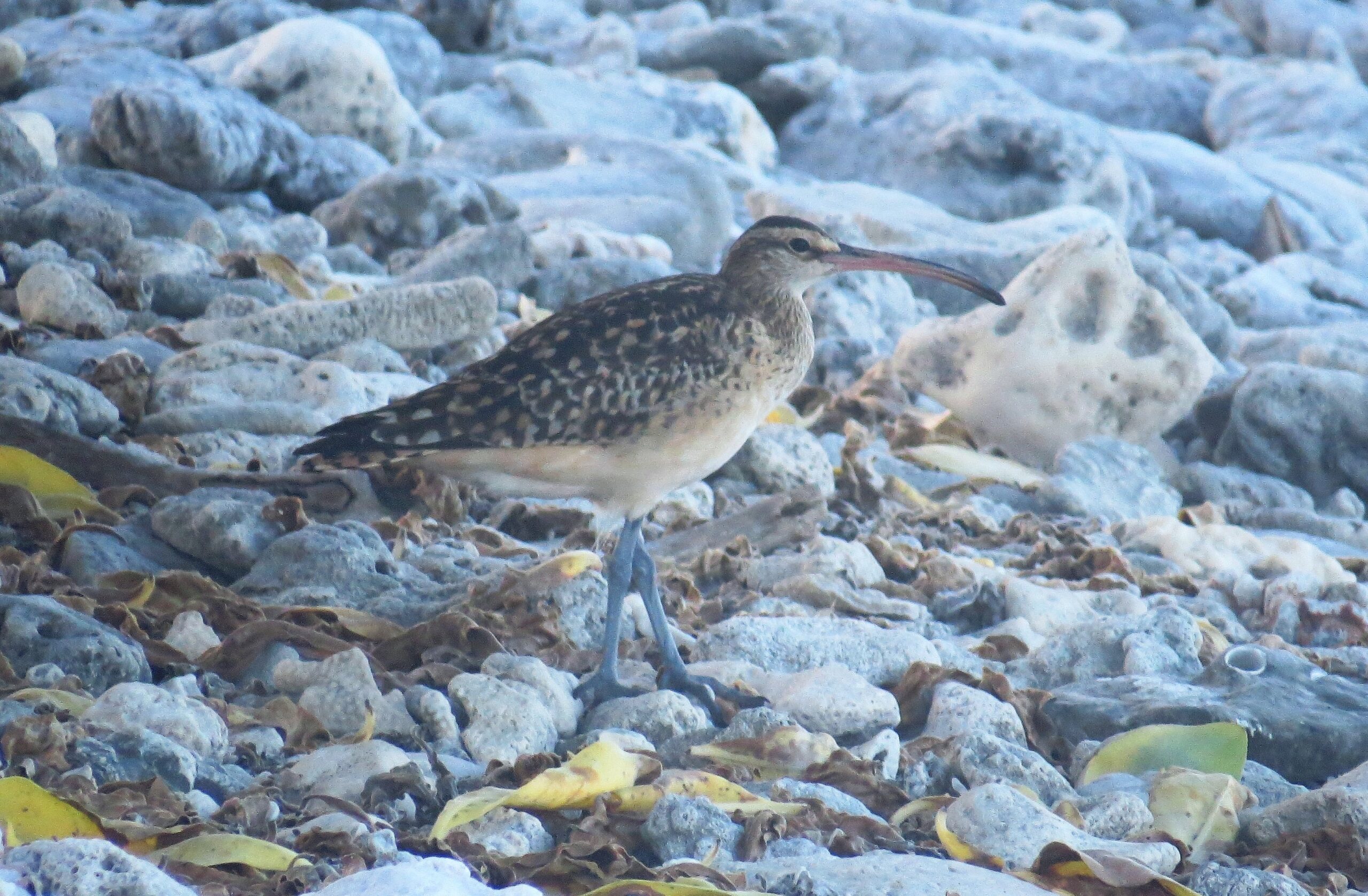Off the lights for our birds tonight
Off the lights for our birds tonight
Today is ‘World Migratory Bird Day’. A day to draw attention to those migratory birds that are found here in the Cook Islands and the incredible feet they have taken to get here. And to also raise awareness about those threats our migratory birds are faced with today.
Migratory birds are well known for traveling vast distances across the open oceans clocking up distances that range anywhere from hundreds to thousands of kilometers. The Cook Islands is visited by a few different migratory birds during our summertime. Our coastline and open grassy areas provide foodie favourites for these well traveled birds and include a buffet of crustaceans and small fish found along the shoreline or crunchy, slimy invertebrates found on grassy sites.
These birds have come from the arctic region, Alaska ways, where they breed and nest, then make their way to the pacific to feed. That's around 8500km of travel, around 7-9 days of flying. This long stretch of birdy highway is better known as a ‘flyway’. There are a number of different global flyways for migratory birds. But for our summertime visitors, they use the mid-pacific flyway. Perhaps you may have seen a couple of these short-term staycationers over the summer just gone?
The Pacific Golden Plover, Tōrea, is small in size but don't let that fool you. These guys have traveled as far as Alaska, around 9000 km, three times the distance from Rarotonga to New Zealand. The Torea are commonly seen on open rugby fields here on Rarotonga, scooping out the green space for small invertebrates. Torea is found all of the islands across the Cooks, often seen on the airstrips. They are usually seen between September and April, but some extend their visa!
The Wandering Tattler, Kuriri a shoreline bird that has traveled as far as Alaska or northwest Canada. For some, the wandering tattler may do a pit stop in Hawaii to recuperate before continuing its journey, but it's not uncommon for the bird to fly non-stop. That's around 12,000 km of mostly open ocean, nine days flight time to the Cooks.
The Bristle Thighed Curlew, Teue is another shoreline bird that can be easily identified by its long hooked beak used to dig into soil or mud for invertebrates and also eats berries. Listed as near threatened in the IUCN Redlist, threats to this species include ground predation by exotic mammals in its winter nesting grounds. Not ideal especially when the Teue is unable to fly for some time during the winter season when it molts its feathers. It is the only shorebird known to have this flightless characteristic. The Teue is yet another well-traveled visitor from the Arctic region.
The Long-tailed Cuckoo, Karavia, is another migrant visitor, this time coming up from New Zealand. This bird is known to fly around 80km/hr, and would cover the distance from New Zealand to Rarotonga in around 2 days. They usually arrive around March, and you may see them in trees in Rarotonga, and in fact probably any of the Pa Enua, as they are widely dispersed. We have even seen them in Suwarrow. They are a bit cryptic however, and you are much more likely to hear than see them. They head back to NZ to breed, arriving in October and November.
This year's theme for World Migratory Bird Day is light pollution and its impacts on migratory birds. Every year, light pollution contributes to the death of millions of birds. Artificial lights at night particularly when there is low cloud, fog, or rain causes migrating birds to become disorientated. Causing birds to circle the illuminated site, exhausting the bird which can then become at risk of cats, dogs or crashing into buildings.
One action point you may consider taking part in to show your support for Migratory Bird Day and being a part of the solution to reducing light pollution includes taking part in the “Dim the lights for Birds at Night” initiative where households business will turn off their lights from 7pm-8pm. A bit like Earth hour, so you will also be contributing to actions that reduce greenhouse gas emission and power-saving costs.

